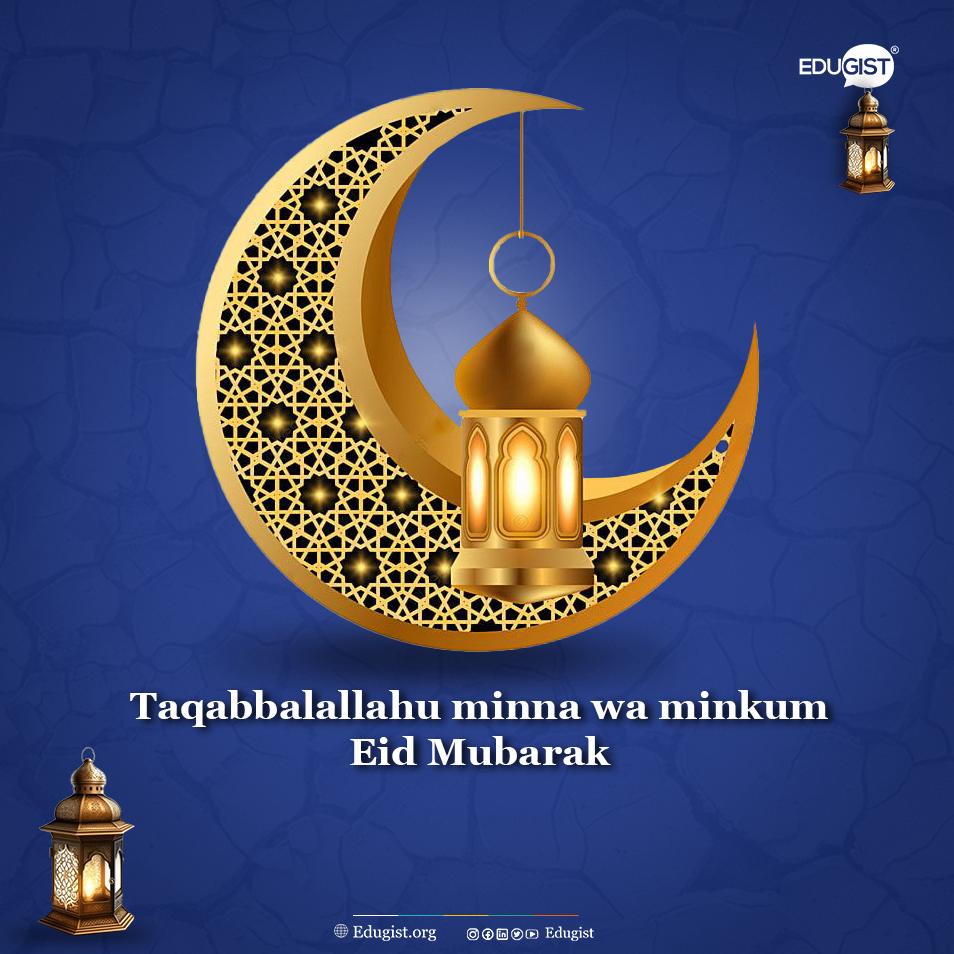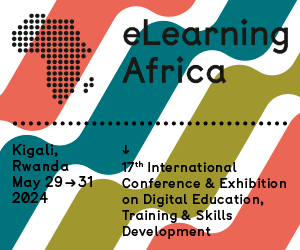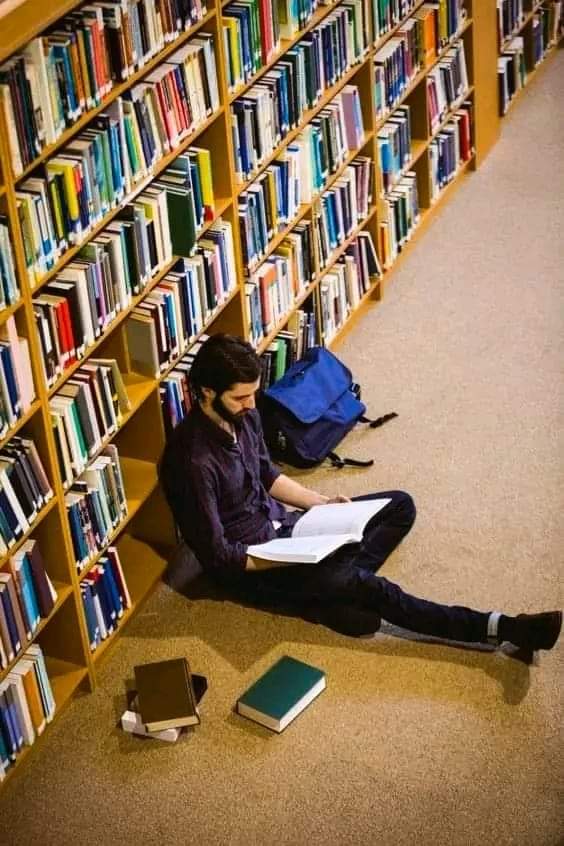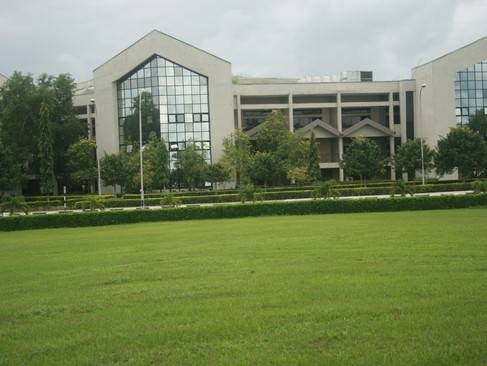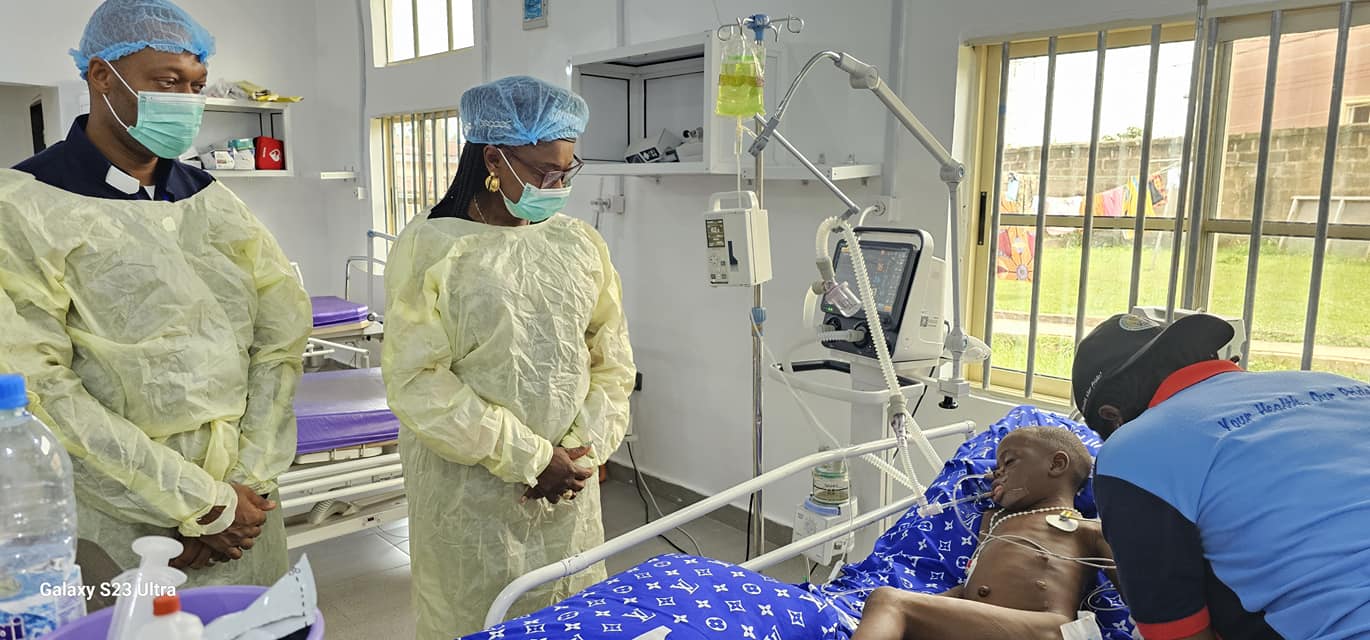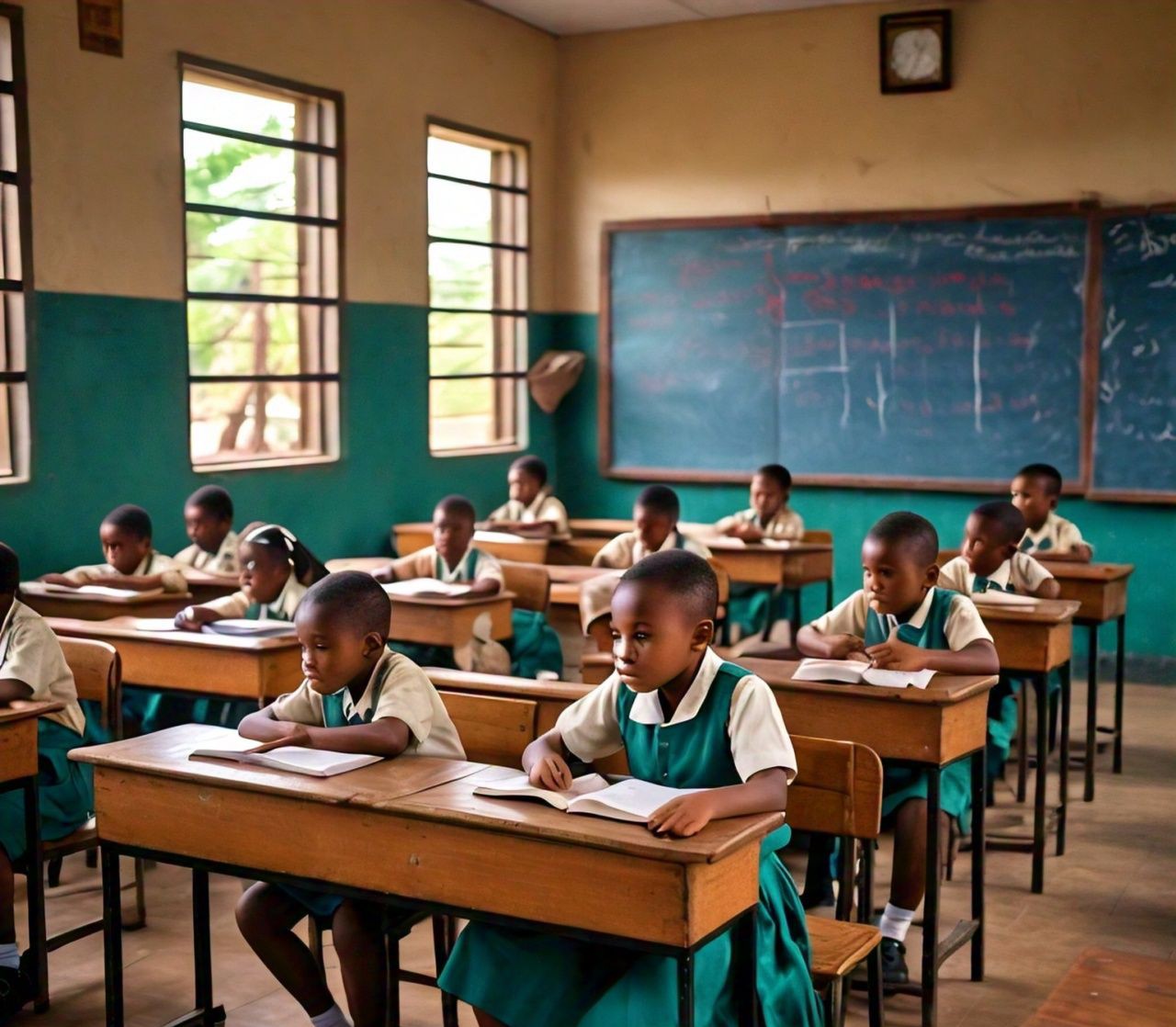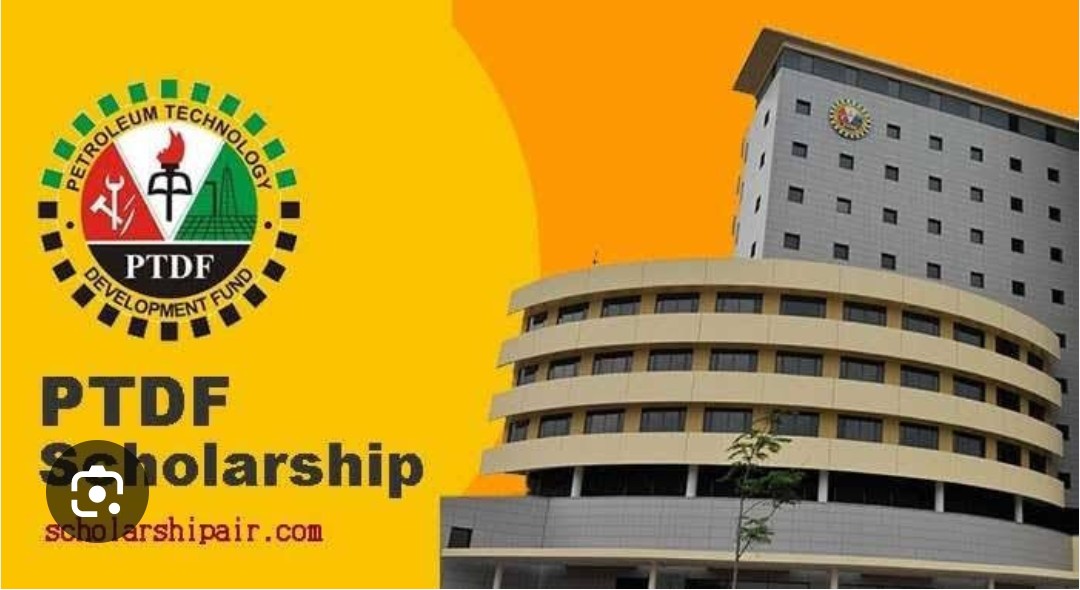Eid al-Adha, also known as the Festival of Sacrifice, is one of the most significant Islamic holidays celebrated worldwide. It marks the culmination of the Hajj pilgrimage to Mecca and commemorates the willingness of Prophet Ibrahim (Abraham) to sacrifice his son Ismail (Ishmael) as an act of obedience to God, who ultimately provided a ram as a substitute.
The celebration begins with the Eid prayer, typically performed early in the morning in mosques, prayer grounds, or open spaces. The prayer is a communal gathering, bringing together Muslims from all walks of life to offer prayers of gratitude and devotion.
A central tradition of Eid al-Adha is the sacrifice of an animal, symbolising Prophet Ibrahim’s willingness to sacrifice his son. This sacrifice is usually performed after the Eid prayer and is an integral part of the celebration. The meat from the sacrificed animal is divided into three parts: one-third is given to the needy, one-third is shared with relatives and friends, and one-third is kept for the family.
Charity plays a significant role during Eid al-Adha, reflecting the importance of generosity and compassion in Islam. Muslims are encouraged to give to those in need, providing food, money, or other forms of assistance to ensure that everyone can partake in the festivities.
Family and community are at the heart of Eid al-Adha celebrations. After the prayer and sacrifice, families gather to share meals, exchange gifts, and enjoy each other’s company. Special dishes are prepared, often including meat from the sacrificed animal, along with traditional sweets and delicacies.
Dressing up in new or special clothes is a common practice during Eid al-Adha, adding to the festive atmosphere. Many Muslims also decorate their homes and communities with lights, banners, and other decorations to mark the occasion.
Throughout the day, Muslims greet each other with “Eid Mubarak” or “Blessed Eid,” expressing joy and goodwill. Community events, gatherings, and feasts are organized by mosques, community centers, and other organizations, providing opportunities for socializing and strengthening bonds within the community.
Eid al-Adha is not only a time of celebration but also a time for reflection and spiritual renewal. Muslims take the opportunity to remember Prophet Ibrahim’s unwavering faith and commitment to God’s will, drawing inspiration from his example.
Overall, Eid al-Adha is a joyous occasion that brings together family, friends, and communities to celebrate faith, compassion, and gratitude. It is a time of generosity, kindness, and reflection, embodying the core values of Islam.


